Survey: Teen parents with support report greater well-being
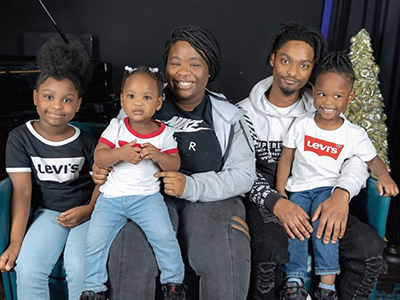
Teen parents in Washington, D.C., reported better physical and mental health when they had more social support, a community and people who understood their problems.
Teen parents in Washington, D.C., reported better physical and mental health when they had more social support, a community and people who understood their problems, according to a survey conducted as part of a novel city-wide program to bring together resources for young families.
“This should come as no surprise. Young parents say they do better – and their children do better – when they have the material and social supports they need,” said Yael Smiley, M.D., a pediatrician at Children’s National Hospital and lead author of research in BMC Public Health. “This work is the start of a roadmap to help young parents thrive.”
The big picture
Each year in D.C., 300 babies are born to teens, and the rate of births among teens ages 15 to 17 is higher than the national average. Dr. Smiley is a leader in a federally funded coalition run by D.C. Primary Care Association (DCPCA) to help support young parents called the D.C. Network for Expectant and Parenting Teens (DC NEXT!). This city-wide network brings together community partners to support teen mothers, fathers and their children.
A key feature of the program is its context team, a group of teen parents who provide insights into their experiences as young parents. They advise about research and support for their peers, and they also build a community and develop a platform to speak up about their issues. The context team recruited other parents to complete a well-being survey in 2022, which will guide programming and resources for families. An added benefit for the parents who participate in the context team: The survey data showed that a key facet of well-being for the young parents was feeling “like you were part of a group of friends or community” and having “someone who understood your problems.”
“The context team provides the type of community that the research shows is essential to the well-being of teen parents,” said Dr. Smiley. “Not only are the context team members helping us understand what teen parents need, but they are also helping each other thrive as young parents.”
The fine print
Among the findings of the survey of 107 teen parents in D.C.:
- The most used resources were supplemental food programs – with 35% receiving Supplemental Nutrition Assistance Program (SNAP) benefits, 24% receiving support from the Special Supplemental Nutrition Program for Women, Infants and Children (WIC) and 18% accessing food pantries.
- Also popular were Temporary Assistance for Needy Families (TANF), housing assistance and childcare.
- Surprisingly, the largest group of respondents, 37%, reported receiving no resources.
Having higher social support was correlated with higher ratings for physical health, mental health and well-being. “With this research, we have even more evidence underscoring the need to connect young parents with programs and resources that will improve their well-being,” Smiley said. “I can’t wait to see what the leaders on the context team and in the DC NEXT! program do in the next phases of our work.”


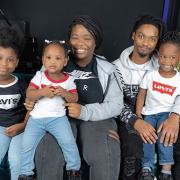
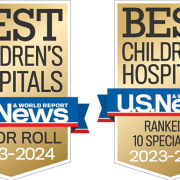
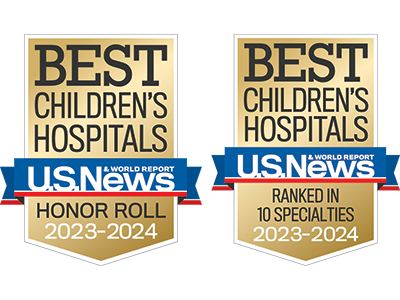 Children’s National Hospital in Washington, D.C., was ranked #5 in the nation on the U.S. News & World Report 2023-24 Best Children’s Hospitals annual rankings. This marks the seventh straight year Children’s National has made the Honor Roll list. The Honor Roll is a distinction awarded to only 10 children’s hospitals nationwide.
Children’s National Hospital in Washington, D.C., was ranked #5 in the nation on the U.S. News & World Report 2023-24 Best Children’s Hospitals annual rankings. This marks the seventh straight year Children’s National has made the Honor Roll list. The Honor Roll is a distinction awarded to only 10 children’s hospitals nationwide.


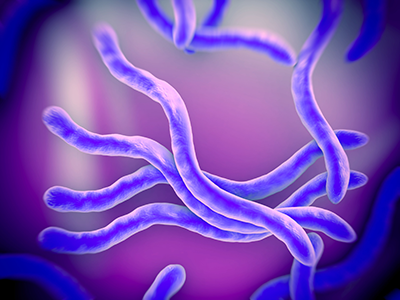
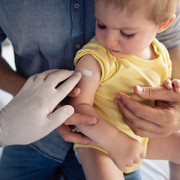
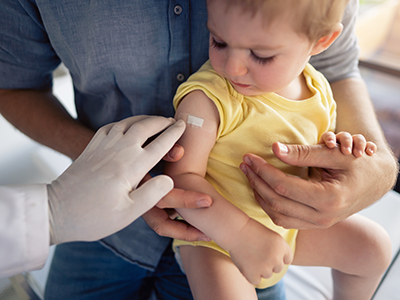



 A new validated self-report tool called the Gender Self-Report provides researchers a way to characterize the gender of research participants beyond their binary designated sex at birth.
A new validated self-report tool called the Gender Self-Report provides researchers a way to characterize the gender of research participants beyond their binary designated sex at birth.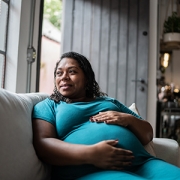


 A clinical trial testing a new drug to increase growth in children with short stature. The first ever high-intensity focused ultrasound procedure on a pediatric patient with neurofibromatosis. A low dose gene therapy vector that restores the ability of injured muscle fibers to repair. These were among the most popular articles we published on Innovation District in 2022. Read on for our full top 10 list.
A clinical trial testing a new drug to increase growth in children with short stature. The first ever high-intensity focused ultrasound procedure on a pediatric patient with neurofibromatosis. A low dose gene therapy vector that restores the ability of injured muscle fibers to repair. These were among the most popular articles we published on Innovation District in 2022. Read on for our full top 10 list.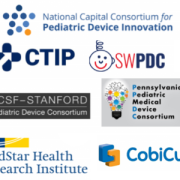
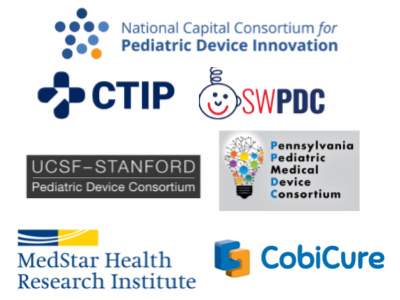
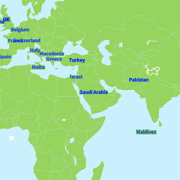



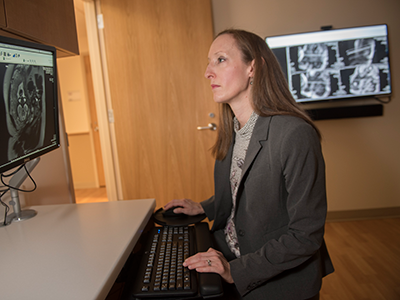


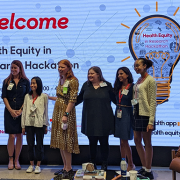
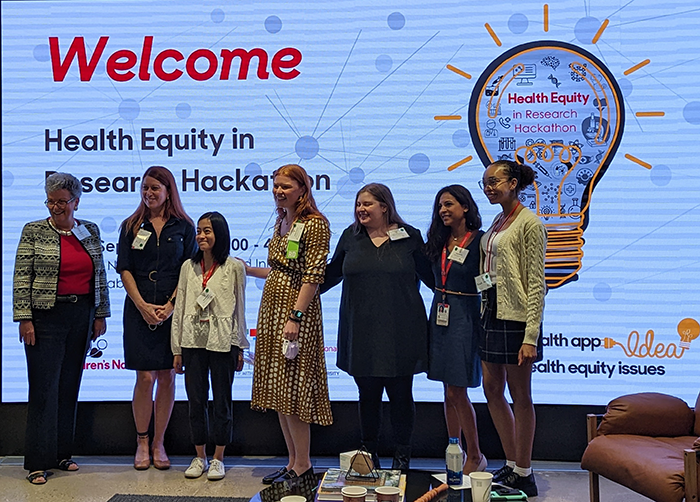

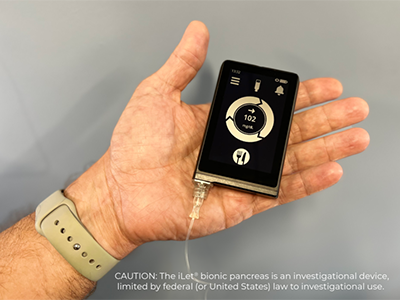


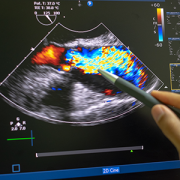
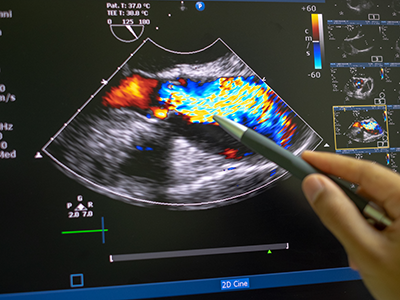
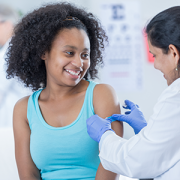
 A new study published in
A new study published in 